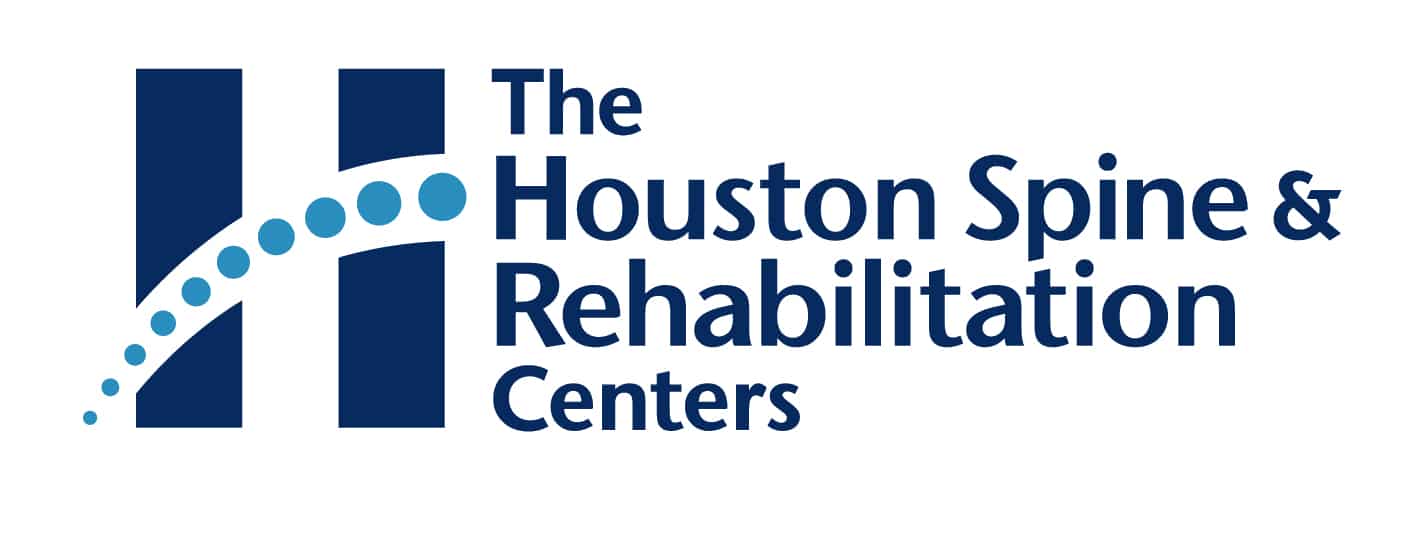Strained Muscle Treatment in The Woodlands and Houston
The back is a complex structure of bone and muscle, supported by cartilage, tendons, and ligaments, and fed by a network of blood vessels and nerves. The back— especially the lumbar, or lower back—bears much of the body’s weight during walking, running, lifting, and other activities. It makes sense, then, that injuries to the lower back—such as strains and sprains—are common, learn some no surgical strained muscle treatment in The Woodlands and Houston.
WHAT IS A STRAIN?
A strain is an injury to either a muscle or tendon. Tendons are the tough, fibrous bands of tissue that connect muscle to bone. With a back strain, the muscles and tendons that support the spine are twisted, pulled, or torn.
WHAT IS A SPRAIN?
A sprain is the stretching or tearing of a ligament. Ligaments are the fibrous bands of tissue that connect two or more bones at a joint and prevent excessive movement of the joint.
WHAT CAUSES A BACK STRAIN OR SPRAIN?
Twisting or pulling a muscle or tendon can result in a strain. It can also be caused by a single instance of improper lifting or by overstressing the back muscles. A chronic strain usually results from overuse involving prolonged, repetitive movement of the muscles and tendons.
A sprain often results from a fall or sudden twist, or a blow to the body that forces a joint out of its normal position. All of these conditions stretch one or more ligaments beyond their normal range of movement, causing injury.
In addition, there are several factors that put a person at greater risk for a back strain or sprain, including excessively curving the lower back, being overweight, having weak back or abdominal muscles, and/or tight hamstrings (muscles in the back of the thighs). Playing sports that involve pushing and pulling—such as weightlifting and football—also increases the risk of a low-back injury.
HOW COMMON ARE BACK STRAINS AND SPRAINS?
Strains and sprains are very common injuries. Next to headaches, back problems are the most common complaint to health care professionals.
SYMPTOMS
STRAIN – an injury to either a muscle or tendon
SPRAIN – the stretching or tearing of a ligament
Twisting or pulling a muscle or tendon can result in a strain. It can also be caused by a single instance of improper lifting or by over stressing the back muscles. A sprain often results from a fall or sudden twist, or a blow to the body that forces a joint out of its normal position. All of these conditions stretch one or more muscles or ligaments beyond their normal range of movement, causing injury.
HOW ARE BACK SPRAINS AND STRAINS DIAGNOSED?
Mild strains and sprains can usually be diagnosed based on medical history—including a review of the method of injury and the symptoms—and a physical examination by a health care provider. In cases of more severe strains and sprains, especially when there is weakness or loss of function, an X-ray may be taken to rule out a fracture (broken) or herniated (bulging) disc as the cause of the back pain.
HOW ARE BACK STRAINS AND SPRAINS TREATED?

The treatment for strains and sprains is similar and often done in two phases. The goal of the first phase is to reduce the pain and spasm. The second stage of treating a strain or sprain is rehabilitation. During this stage, a physician often prescribes physical therapy to get an individual back to normal function. Recommended treatment options include the following:
- REST
- ICE PACKS
- COMPRESSION
- PHYSICAL THERAPY
- CHIROPRACTIC CARE
- NONSTEROIDAL ANTI-INFLAMMATORY MEDICINE
MANAGEMENT
Regular chiropractic treatment (1 visit per month) is recommended for patients once their strained muscle treatment plan is completed and symptoms have resolved or have become manageable. Due to various stresses on the body(exercise, sports, stress, over-use, gravity, etc.). the spine and joints will compress over time. Regular chiropractic care has been shown to help slow down the degenerative effects on the spine by restoring normal joint movement.




